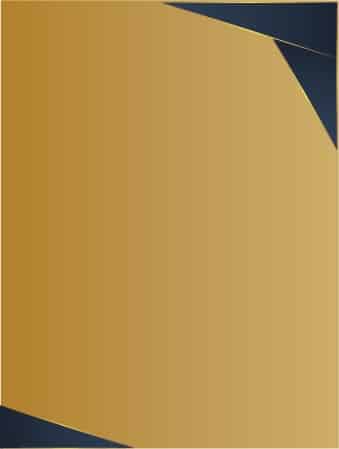Highly infested. The worms are hard to see, because they very closely resemble the fibers inside the fruit.
[level h3=”Fresh figs” gen=” gb=”2″ us=”1″ il=”3″]
A. Wash each fig well. If there are scale insects on the outside peel, remove them. Cut off the area around the opening at the bottom of the fig (Illustration 237).
B. Halve the fig. Turn each half inside out and look for white worms. If worms are found, do not use the fig (Illustrations 238, 239).
Figs commercially grown in the United States may be used without further checking providing no worms are found in them. For all other figs, e.g. figs from private gardens or figs grown in other countries, proceed to stage C.
C.Place the two halves in a small glass bowl of water, with the inside of the fruit facing down. After about three minutes, remove the fig, place the bowl on a dark surface, and examine the water. If the fig harbors infestation, tiny worms will float in the water. After a few minutes, they sink to the bottom of the bowl (Illustrations 240, 241).
If any worms are found, that fig should not be eaten since there may still be more worms inside.
[level h3=”Dried figs” gen=”3″ gb=” us=” il=”]
Highly infested and hard to check, since the white worms found in fresh figs dry up and turn brown, making it very hard to detect them (Illustrations 242, 243, 244).
Checking dried figs:
A.Examine for minuscule mites on the fruit (they look like a collection of grains of sand). If there are mites, the figs should not be eaten.
B.Wash the outside well. Wash well around the stem (Illustration 246).
C.Remove the area around the hole at the bottom of the fig (Illustrations 245, 247).
D.Halve the fig: With a spoon, remove half the thickness of the seeds inside. Flatten the remaining layer of seeds with your fingers and check on both sides with strong through-lighting (Illustrations 248, 249, 250).
If the fig is very dry, it is recommended to wash it on the inside as well. Any black area inside the fig should be removed.
Since the worms look very similar to the fibers of the fruit, a magnifying glass is helpful in distinguishing between fibers and worms.





